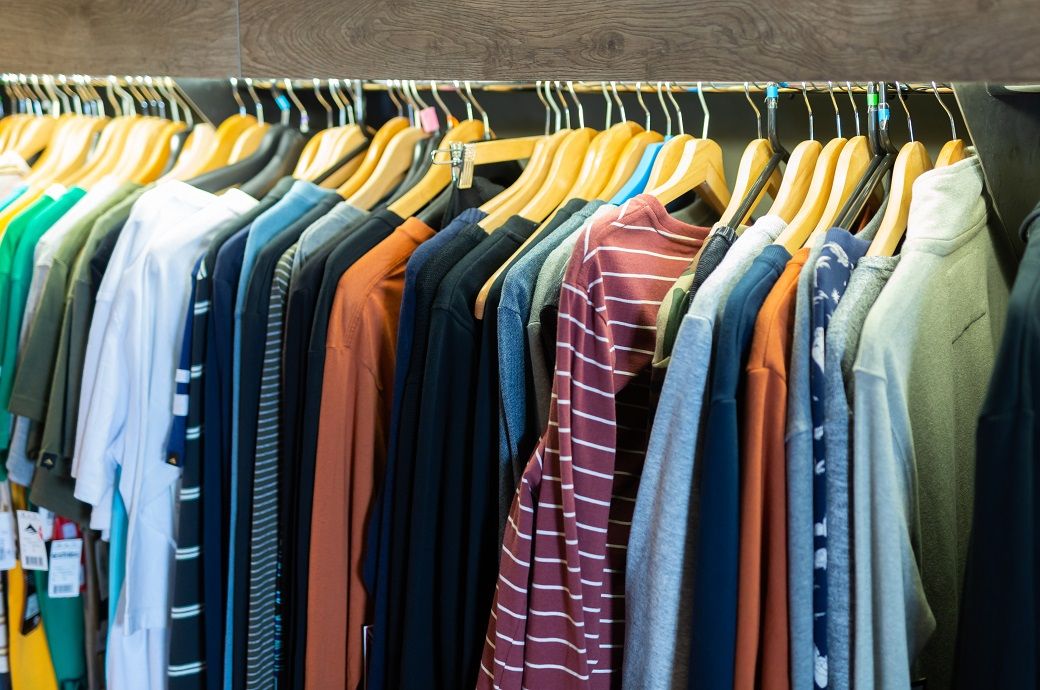
Despite the fact that the Africa region is emerging as a global textile hub, South Africa still relies heavily on the Asia-Pacific region, specifically China, for its imports.
Between January and April 2023, South Africa imported apparel worth $595.730 million. Of the total inbound shipment, the Asia-Pacific region accounted for 68.67 per cent, or $409.074 million. This is the first time in five years that the Asia-Pacific region's share has dipped below 70 per cent. Meanwhile, the Africa region's share rose to 25.89 per cent, breaching the quarter mark for the first time, with imports valued at $154.238 million, as per Fibre2Fashion's market insight tool TexPro.
However, African countries' efforts to tap into South Africa's apparel imports have progressed slowly. The continent managed to increase its share by less than four percentage points over the last five years. In the period of January-April 2019, South Africa's apparel imports were valued at $616.405 million, with the Asia-Pacific region accounting for 73.95 per cent and Africa for 21.70 per cent.
In the following year, 2020, imports dropped to $494.034 million. During the pandemic period, the Asia-Pacific region's share rose to 76.15 per cent, while Africa's fell to 19.95 per cent. However, by 2021, Asia-Pacific's share had fallen to 72.12 per cent and Africa's had risen to 23.87 per cent of South Africa's apparel imports worth $573.100 million. In the same period in 2022, Asia-Pacific's share continued to fall to 71.27 per cent while Africa's share grew to 24.33 per cent of South Africa's total imports of $643.886 million, as per TexPro.
Over the course of 2022, South Africa imported apparel worth $1,838.027 million. The Asia-Pacific region's supply was valued at $1,229.300 million (66.88 per cent) and Africa's at $517.242 million (28.14 per cent) of the total trade. Consequently, Africa's share has already surpassed a quarter in the full year trade.
Fibre2Fashion News Desk (KUL)